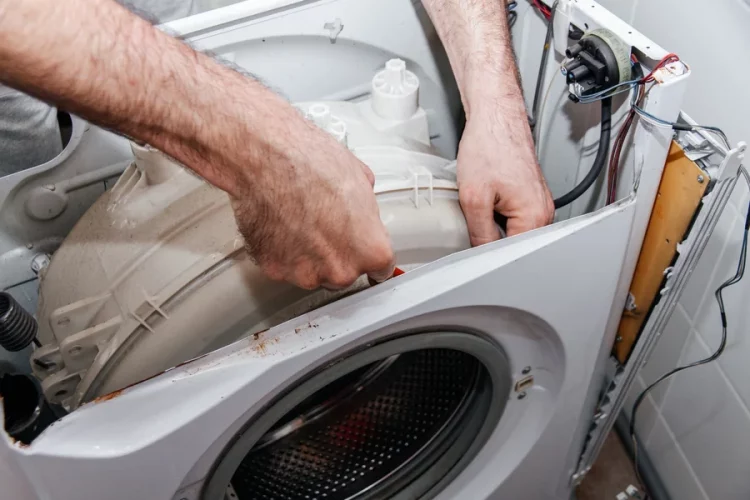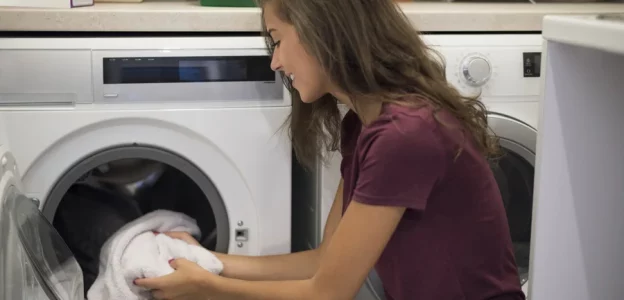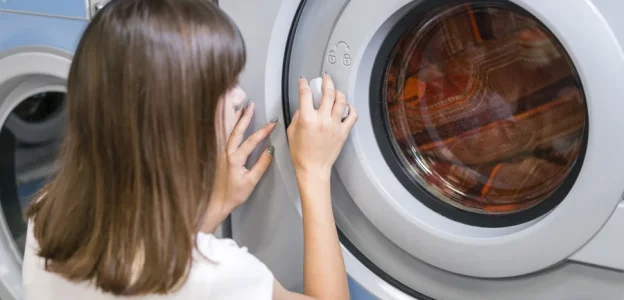If your GE front-load washer is showing an E39 error code, don’t panic. This code indicates an overflow condition — a safety warning that your washer is filling with too much water. Left unchecked, this can lead to leaks or even water damage. Thankfully, this issue is often fixable with the right steps.
This guide will walk you through what the E39 error means, why it happens, what to do immediately, and how to prevent future overflows.
What does the E39 error mean?
The E39 error code appears when the washer’s internal system detects too much water in the drum. It’s designed to protect your appliance and your home by halting operation before flooding can occur.
Common causes include:
- A faulty pressure sensor giving incorrect water level readings
- A malfunctioning water inlet valve that continues filling after it should stop
- In rare cases, a control board issue or clogged pressure hose
When this error is triggered, the washer may stop mid-cycle, attempt to drain itself, or shut down completely.
Immediate actions to take
To prevent water damage, act quickly and follow these steps:
Step 1: Stop the cycle and unplug the washer
Press the Pause/Cancel button and then unplug the machine to stop further water intake.
Step 2: Check the drum
If there’s excess water, manually drain it using a shallow container and towels. You may also use the washer’s emergency drain hose if equipped.
Step 3: Remove wet laundry

Take out your clothes and check the floor and drum for leaks or pooling water.
Step 4: Let the washer sit for 5–10 minutes
This can reset the internal error system. Plug it back in afterward.
Step 5: Watch for auto-refill
If water begins to enter the washer immediately upon plugging it in, the inlet valve may be stuck open — a sign it needs to be replaced.
What causes overflow in GE washers?
Overflow errors usually stem from water level detection or control issues.
The most common causes:
- Pressure Sensor Malfunction: Sends faulty signals, making the washer think it needs more water.
- Defective Inlet Valve: Keeps allowing water to flow, even after the control board signals it to stop.
- Pinched or Blocked Pressure Hose: Prevents accurate pressure readings.
- Control Board Issues: Rare but possible; misinterprets sensor inputs.
When to call a technician
You’ll need expert help if:
- Water keeps entering the washer after unplugging and plugging it back in
- You’ve performed a reset and still get the E39 code
- You suspect the pressure sensor or inlet valve needs testing or replacement
A GE-certified technician can safely run diagnostics, replace parts, and ensure the washer is operating normally again.
Preventing future overflow errors
Reduce the risk of recurring issues with the following tips:
- Use HE detergent sparingly: Excess suds can mimic water overflow.
- Clean inlet valve screens and hoses regularly
- Inspect the pressure sensor hose for buildup every few months
- Run maintenance cycles monthly to keep sensors clean
- Schedule an annual inspection if the washer sees heavy use
Conclusion
The E39 overflow error is your GE washer’s way of preventing water damage. While the issue is often tied to a pressure sensor or valve problem, many cases are manageable with a few quick actions.
Unplug the washer, drain excess water, and check for signs of a valve or sensor fault. If the problem persists, don’t delay—contact a technician to avoid potential leaks or long-term damage.
Need expert help now? Call a local GE washer repair specialist to get your appliance back in safe working condition today.




